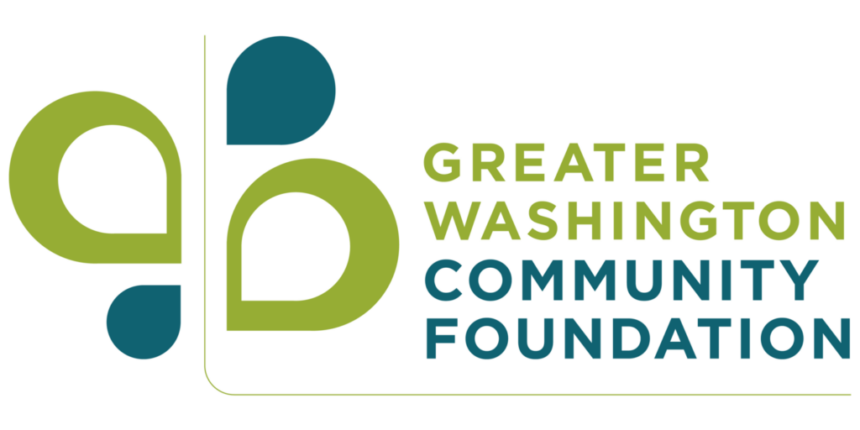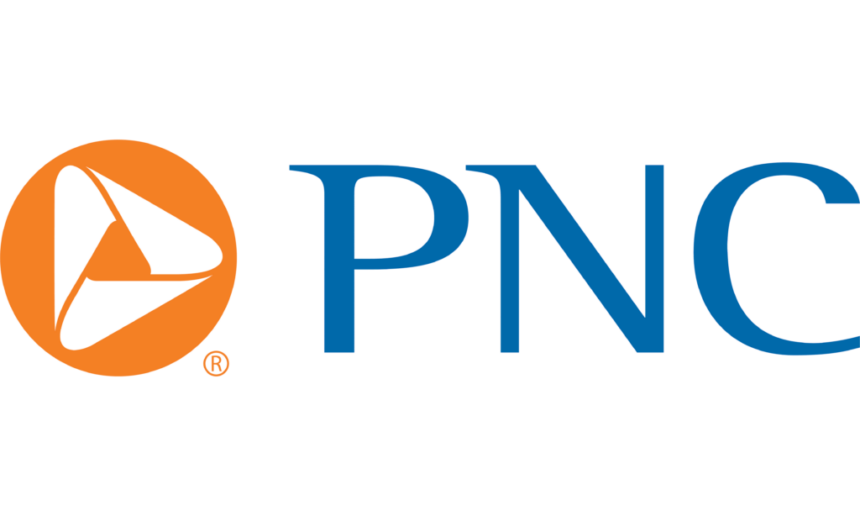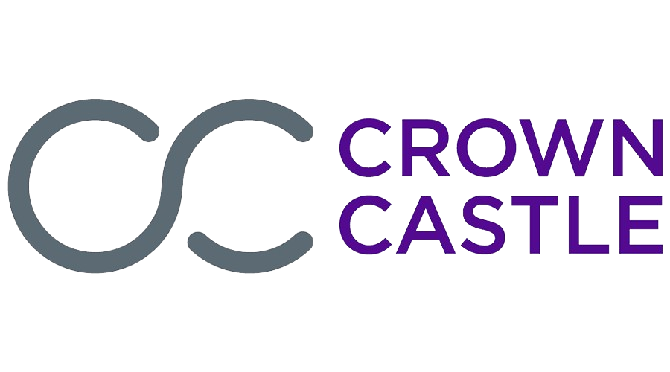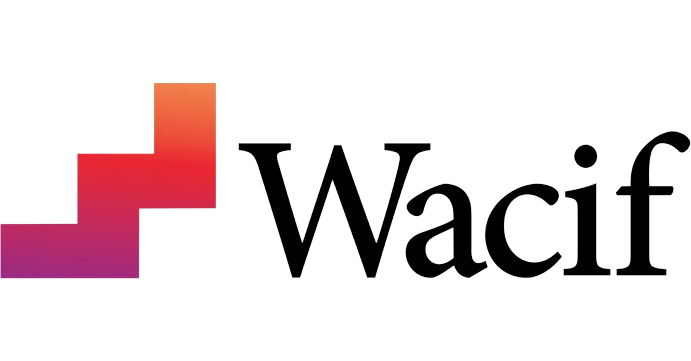Demystifying the Smart Region with Tom Touchet
 Tom Touchet is the CEO of Smart City Media and a leading expert on how technology can revolutionize urban life. Tom’s long and impressive career in media includes producing NBC’s Today Show when it was the most profitable show in network television history and creating a New York City payphone pilot that Google recently valued as potentially more than a $100 billion market.
Tom Touchet is the CEO of Smart City Media and a leading expert on how technology can revolutionize urban life. Tom’s long and impressive career in media includes producing NBC’s Today Show when it was the most profitable show in network television history and creating a New York City payphone pilot that Google recently valued as potentially more than a $100 billion market.
Today, he and his team at Smart City Media are helping cities across the country provide free Wi-Fi and digitally broadcast information to residents and visitors. He’s also an invaluable partner to the Board of Trade as we explore what smart innovation can do for Greater Washington.
The Board of Trade’s vision for a more connected, livable, sustainable, and inclusive region is exciting, but it can also raise a lot of questions. I spoke with Tom to get some answers.
Lindsey: It seems like everyone has their own unique definition of a “smart city.” How do you define it?
Tom: Smart cities use all types of sensors and have all sorts of programs. But at a basic level, a smart city is one that is strategically going out, collecting data, learning from that data, and making more intelligent decisions that benefit the people who live there. It’s about using technology to collect data, but then translating that data into something more like wisdom.
Lindsey: Why is this an important concept for Greater Washington? What are the benefits?
Tom: There are a bunch of reasons to do this. For example, smart cities are more competitive because they can be more productive and drive more revenue for the companies doing business there. But that’s not the most important reason.
The overriding reason is that it can helpfully lift all communities and neighborhoods. Everything else is why you should do it, but this is why you have to do it—because otherwise, disadvantaged neighborhoods are only going to fall further behind.
We all have these pocket computers that we walk around with. We have these digital systems that we can deploy across infrastructure. If we don’t use these things to help everyone make their lives a little easier, we’re fundamentally missing the most important piece of what a smart city is. And it has the capability to do that.
Lindsey: Tell me more about that. Being inclusive of everyone in the region is really important to the Board of Trade. How can smart city technology make our region more inclusive?
Tom: There’s a Harvard study that says the single most important factor in someone’s economic movement—more important than someone’s zip code, more important than if they grew up in a two-parent family, more important than whether they go to college—is whether their transportation needs are met. It’s all about whether someone can get where they need to go, from point A to point B. And a smart city can help them get there more easily and efficiently. And this really matters because a low-income person is under a lot of stress just getting their kid to childcare and putting food on the table—it’s a real problem if their transportation options are bad or difficult to navigate. Better mobility can make a profound difference.
And let’s say you make it easier for a low-income community to get around, for those people to quickly and easily access other areas. Think about what that means for the whole economy, if everyone is more connected and can be more productive.
Lindsey: But what does that look like? If I’m struggling financially, how does smart city tech improve my mobility and change my life?
Tom: Something that’s commonly misunderstood is that almost everyone has a smart phone, but not everyone can consistently connect. Getting the device isn’t that big of a challenge, but Wi-Fi is expensive, data plans are expensive.
So, how do you get to where you need to go? What is your process?
Lindsey: I look up where I need to go in Google maps, it gives me directions and travel time estimates for walking, taking a car, using the Metro, and then I make a choice…
Tom: Right. That’s a convenience you have because you’re connected. A big part of building a smart city is getting all people connected, and that’s why a lot of cities are launching free public Wi-Fi. And 5G is just around the corner. The next step is to explore new applications that let residents navigate all the major transit options without having to download a dozen apps. And then eventually this new application, because it’s reading what’s happening in the city in real-time, can direct people around crowded streets or Metro delays or whatever else would have made that journey difficult.
In other words, inclusivity needs to focus on connectivity. Being connected means having access to valuable real-time information, which helps people do things like cleanly and efficiently navigate transportation options.
Living in the digital age, that connectivity is vital because the same economic reasons we all needed to travel efficiently now hold true for all aspects of society: true economic empowerment now requires connectivity for telecommuting, tele-health care, online education, access to e-services, and so much more.
Lindsey: This feels like a huge transformation. What comes first?
Tom: Ultimately this is all about serving people, so getting feedback from those people at this stage is really important. We know what companies want in general, and we know what governments want in general. But we really need to find out what the people who live and work here want and need—what is going to make their lives better? We already know we need to fix the traffic problem, but what else?
Citizens tend to have groups that represent them, like nonprofit groups, and those groups need to be at the table. The Board of Trade is doing a great job at making sure they are.
Lindsey: As you’ve just alluded to, this is going to take a huge coalition to pull off. Can you say more on the roles that governments, businesses, nonprofits, and other groups will play?
Tom: Governments typically set the structure of a smart city program based on the needs of the people, and like I mentioned, nonprofit groups are great sources of information in that area. Governments already routinely work with nonprofit organizations in the community for this reason. Academic institutions are also important because they can help propel the learning and iteration that needs to happen—and that’s one of Greater Washington’s biggest assets. Other than maybe Boston, I’m not sure what other city can compete with our academic community.
Meanwhile, businesses need to make the business model work. That’s their job. This isn’t charity work, so there has to be a business outcome.
But we already know that connectivity, data analytics, improved services, and all the other components of a smart city have a positive return. People sometimes think that it’s scary, but really it’s a bunch of different business cases that have been proven over time, and people have made tons of money on these business cases. Don’t tell me people haven’t made money on mobile, or digital retail, or lighting, because of course they have.
The difference now is that the Board of Trade is creating a bigger marketplace for governments, companies, and communities, where companies participate for the benefit of the region, instead of companies one-by-one going out and using the city as real estate for some project. The smart region vision takes an old model that’s profit-driven and flips it so that it’s community-driven, but the profit is still there for the private sector players.
Lindsey: OK, last question. In five years, how would you know that Greater Washington has been successful? What would need to happen for you to say, “Yes, this is a smart region”?
Tom: Zero traffic. Even at rush hour!
OK… that might be a little optimistic. I’ll settle for the DC area being known globally as the successful template for leveraging technology to drive inclusive economic growth. That’s very doable with this road map.
Become a member today
We need your voice at the table to make Greater Washington a place where everyone can succeed


















